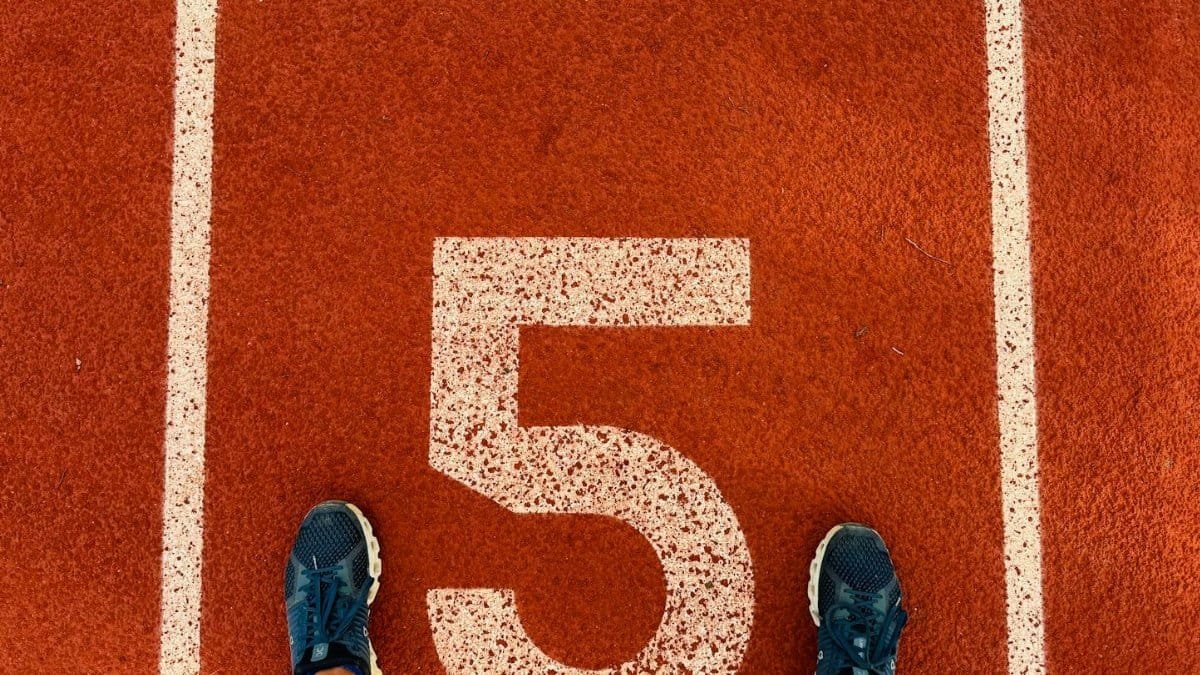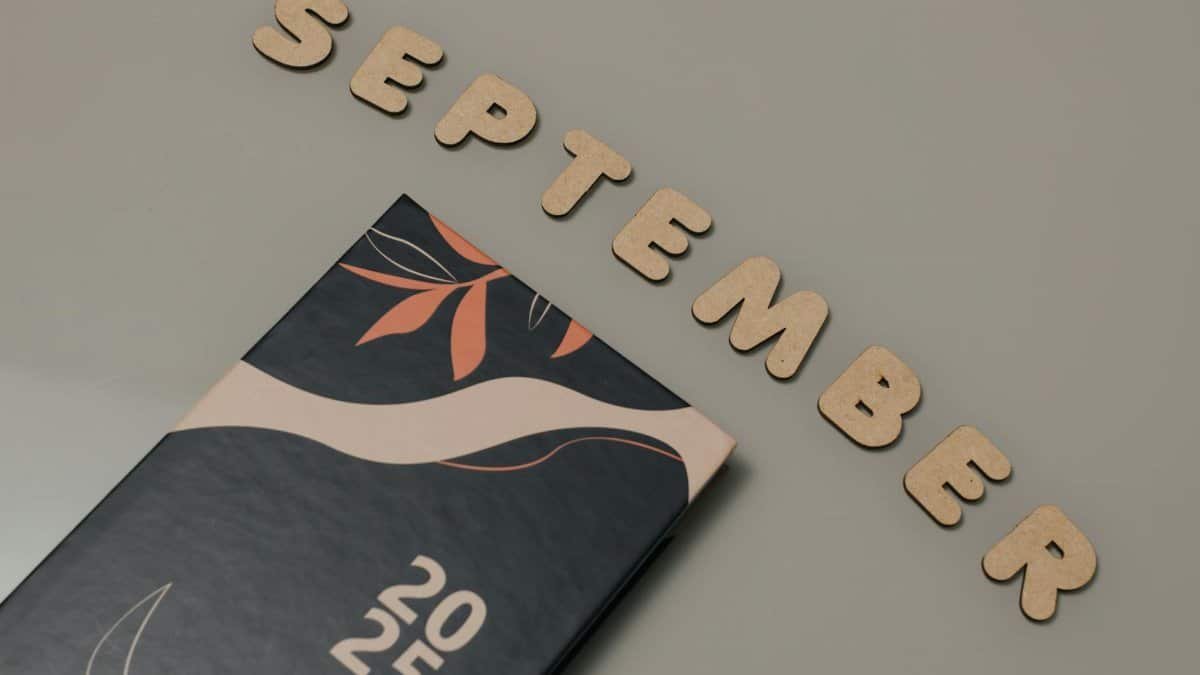Is athlete flow breath cue the secret weapon elite performers swear by? This subtle breathing technique, used by top athletes to lock into a state of peak focus, is gaining traction fast. By syncing a specific inhale pattern with mental triggers, they claim to enter “flow”—that coveted zone of effortless performance—within moments. It’s not just hype; sports psychologists and trainers are now integrating this method into routines across disciplines. Here’s why this one breath tweak could redefine how athletes prep for clutch moments.
What Is Athlete Flow Breath Cue?

At its core, the athlete flow breath cue is a deliberate breathing pattern designed to shift the mind into a state of heightened focus. Typically, it involves a slow, controlled inhale through the nose—often lasting four to six seconds—followed by a shorter exhale. The “cue” part ties the breath to a mental or physical trigger, like visualizing a successful play or feeling a specific muscle engage. Experts say this anchors the brain, shutting out distractions and priming the body for action.
Why It Works for Peak Performance

Science backs the buzz. Slow, nasal breathing can lower heart rate and activate the parasympathetic nervous system, calming pre-game jitters. A study from the University of California, San Diego, found that controlled breathing enhances cognitive focus under stress, a key for athletes in high-stakes moments ( UC San Diego Health ). Pairing this with a mental cue creates a Pavlovian response—over time, one breath can flip the switch to flow.
How Athletes Are Using It

From NBA players to Olympic runners, pros are weaving the athlete flow breath cue into warm-ups and game-time resets. A basketball guard might inhale deeply while picturing a perfect shot before stepping to the free-throw line. A sprinter could pair the breath with a starting block stance to dial in. Coaches report seeing quicker recovery from mental slips, with athletes using the technique mid-competition to regain composure after a mistake.
The Role of Sports Psychology

Sports psychologists are championing this tool as a bridge between mind and body. Dr. Michael Gervais, a high-performance psychologist, has noted that breath cues help athletes “anchor to the present,” cutting through overthinking. Research from the American Psychological Association underscores how breathwork reduces performance anxiety, a common flow-blocker ( APA Stress Resources ). It’s becoming a staple in mental training programs nationwide.
Challenges in Mastering the Cue

It’s not a magic bullet. Beginners often struggle to sync the breath with a consistent mental image under pressure. Timing can feel unnatural during intense moments, and overthinking the process can backfire, pulling athletes out of rhythm. Trainers stress starting small—practice during low-stakes drills before relying on it in competition. Consistency is key to making the cue second nature.
Getting Started With Your Own Cue

Want to test it? Start with a basic four-second inhale through the nose, hold for two, then exhale for four. Pick a simple cue—maybe clenching a fist or repeating a word like “focus.” Practice during warm-ups or even daily routines to build the habit. Over weeks, tweak the timing or imagery to match your sport’s demands. Athletes warn against forcing it; let the rhythm feel intuitive before expecting game-day results.
Why It’s Trending in 2025

As mental health and performance intersect, tools like the athlete flow breath cue are stealing the spotlight this year. With stress management a priority for pros and amateurs alike, expect to see more teams adopting breath-based protocols. It’s low-cost, accessible, and packs a punch—perfect for a generation of athletes hungry for every edge. Whether you’re a weekend warrior or a pro, this inhale tweak might just redefine your game.
